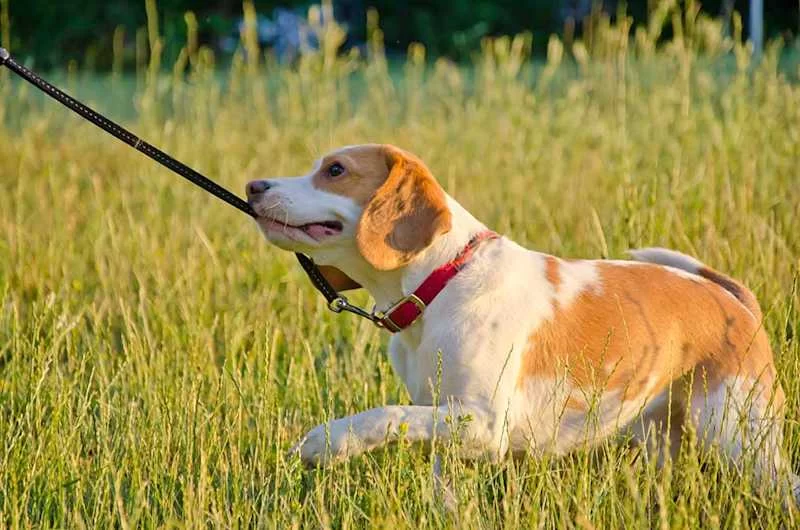- 1. Understanding the Behavior
- 2. Positive Reinforcement Training
- 3. Leash Training Techniques
- 4. Choosing the Right Gear
- 5. Consistent Walking Routines
1. Understanding the Behavior
One of the first steps to preventing your dog from pulling on the leash is understanding why they do it in the first place. Dogs often pull because they are excited, curious, or simply trying to get somewhere faster. This behavior can become ingrained over time if not corrected early. Dogs may not understand that pulling is unwanted, and it's up to you to teach them that walking calmly on a leash is the desired behavior. Understanding your dog's natural instincts and energy levels is key in creating an effective training plan.
2. Positive Reinforcement Training
One of the most effective methods for teaching your dog not to pull on the leash is through positive reinforcement. This means rewarding your dog for walking calmly by your side, rather than punishing them for pulling. Whenever your dog walks without pulling, offer praise or treats. This encourages your dog to repeat the behavior. It's important to be consistent and patient during this process. The more often your dog experiences positive outcomes for walking calmly, the quicker they will learn to associate calm walking with rewards.
3. Leash Training Techniques
Leash training can be approached in several ways, but the key is consistency. One popular technique is the "stop and go" method. When your dog pulls, stop walking. Wait until your dog stops pulling and starts paying attention to you. Only then should you continue walking. This method teaches your dog that pulling will result in stopping, and calm behavior will allow the walk to continue. Another technique is to change direction suddenly when your dog pulls. This makes walking a bit more unpredictable and forces your dog to pay more attention to you.
4. Choosing the Right Gear
The gear you use plays a significant role in controlling your dog’s leash behavior. Traditional collars may not be effective for dogs that pull, as they can cause discomfort or even injury. A well-fitted harness, on the other hand, can provide better control while reducing strain on your dog's neck. Some harnesses, like no-pull designs, are specifically made to discourage pulling. A leash that is not too long or too short is also important for maintaining control and preventing your dog from getting too far ahead.
5. Consistent Walking Routines
Establishing a consistent walking routine is crucial for preventing your dog from pulling on the leash. Dogs thrive on routine, and knowing when it's time for their daily walk can help them settle down before heading out. Ensure that your dog has plenty of exercise and mental stimulation before the walk, as an overexcited dog is more likely to pull. Additionally, keeping the walks enjoyable by varying the route can keep your dog engaged and less likely to pull out of boredom.
By following these tips and remaining patient with your dog, you'll be able to train them to walk calmly by your side. If you're looking for the best tools and gear to support your training efforts, be sure to visit Hidden Brook Veterinary for the right products and services to help you and your dog succeed.












